Beginning to Slip
Mimi Hope & Ben Galyas14.10–19.11.2023
231 Northdown Rd
Margate, Kent
CT9 2PJ

Since 1994, British governments have continued to legislate against the right of free assembly. The Criminal Justice and Public Order Act of that year was proposed after a media frenzy in reaction to a party in Castlemorton Common, Worcestershire, at the foot of the Malvern Hills. The party brought together techno and new age soundsystems, promoters, as well as more than 20,000 attendees. To curb the anti-social behaviour of the “new wave community”, John Major’s government placed restrictions on gatherings that not only affected the free party community but also peaceful protesters and travellers. It increased the power of police to conduct stop and search unsupervised and gave courts the right to make inferences from the silence of an accused person. During the summer protests of that year, the Socialist Workers Party marched with placards reading “Kill the Bill”.
The Police, Crime, Sentencing and Courts Bill was enacted by the Boris Johnson government in April 2022. It was brought forward thanks to the legal precedent set by The Criminal Justice and Public Order Act. This time, the provocation was large-scale social movements and protests: the anti-racist group Black Lives Matter, and environmentalist groups, Extinction Rebellion and Insulate Britain. This bill gave police definitive rights to disrupt and cancel protests on the grounds of disorder, nuisance, noise, and intimidation. The maximum penalty for this offence is indefinite detention.
Whilst the groundwork for The Police, Crime, Sentencing, and Courts Bill was being laid, Mimi Hope and Ben Galyas began to assemble a multi-format archive from the Free Party era that preceded the 1994 bill. This archive includes flyers advertising free parties throughout the UK, still photographs captured from handheld video footage, and clothing worn by both revellers and police officials. In Beginning to Slip, they have reimagined their archive, recreating widely distributed and recognised objects and images as individual works that question the premise and promise that brought about their origination.
In a series of three large-scale, multi-panelled screenprints, titled The Awakening, Hope and Galyas have reimagined a flier for an Acid House party of the same name that took place in Peterborough in 1991. Marked by the promise of ecstasy and utopia implied by the original landscape, they took influence from J. M. W. Turner’s seascapes and Jules Olistski’s colour-field paintings to exaggerate the illusionary and illusive qualities of the original flier. To explore the mass-distributed nature of the original image versus its intended ethereal impact, every layer of each print is created as if the squeegee were a paintbrush to create individual pictures that are elusive and uncertain.
They have cast a glow stick in bronze, presented to look like a police officer’s baton. This work is included to underpin the political context of the pictures. The utopic dream of the reveller becoming a battleground for the positioning of the political establishment. 0684 893 630 is a video survey of Castlemorton, filmed in mid-summer 2023. Its title refers to the telephone hotline given to residents of Castlemorton who wished to complain about the noise and litter created at Castlemorton Common in 1992. This work, scored by musician and sound artist Rory Salter a.k.a Malvern Brume, is positioned as an opportunity to reflect on the sociopolitical consequences accelerated by the response to the event, its temporality, and the relevance of the landscape of Castlemorton itself to the images in the original fliers that promised so much.
-
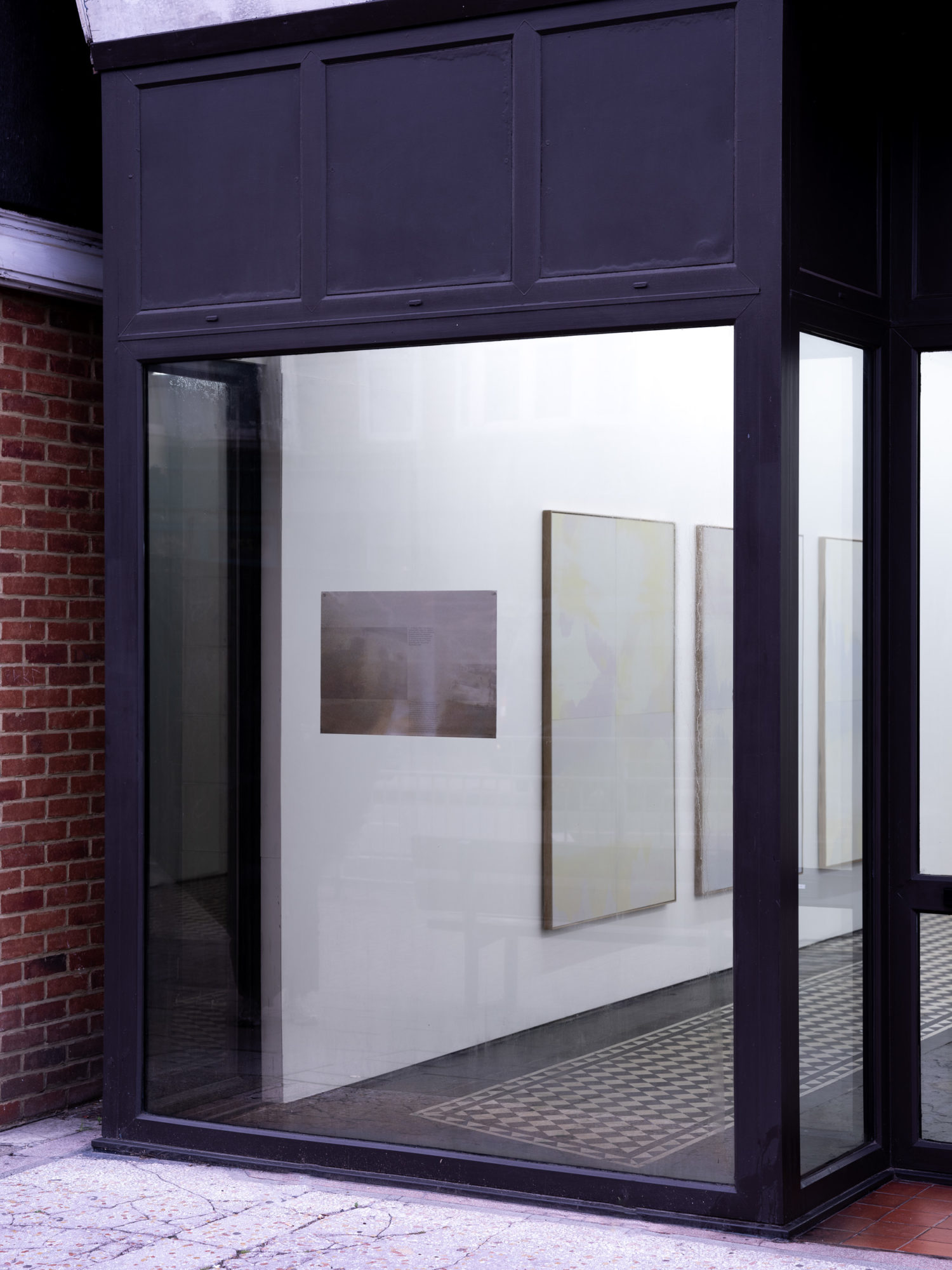
Mimi Hope & Ben Galyas
Beginning to Slip, 2023 -

Mimi Hope & Ben Galyas
Beginning to Slip, 2023 -

Mimi Hope & Ben Galyas
Beginning to Slip, 2023 -

Mimi Hope & Ben Galyas
Beginning to Slip, 2023 -
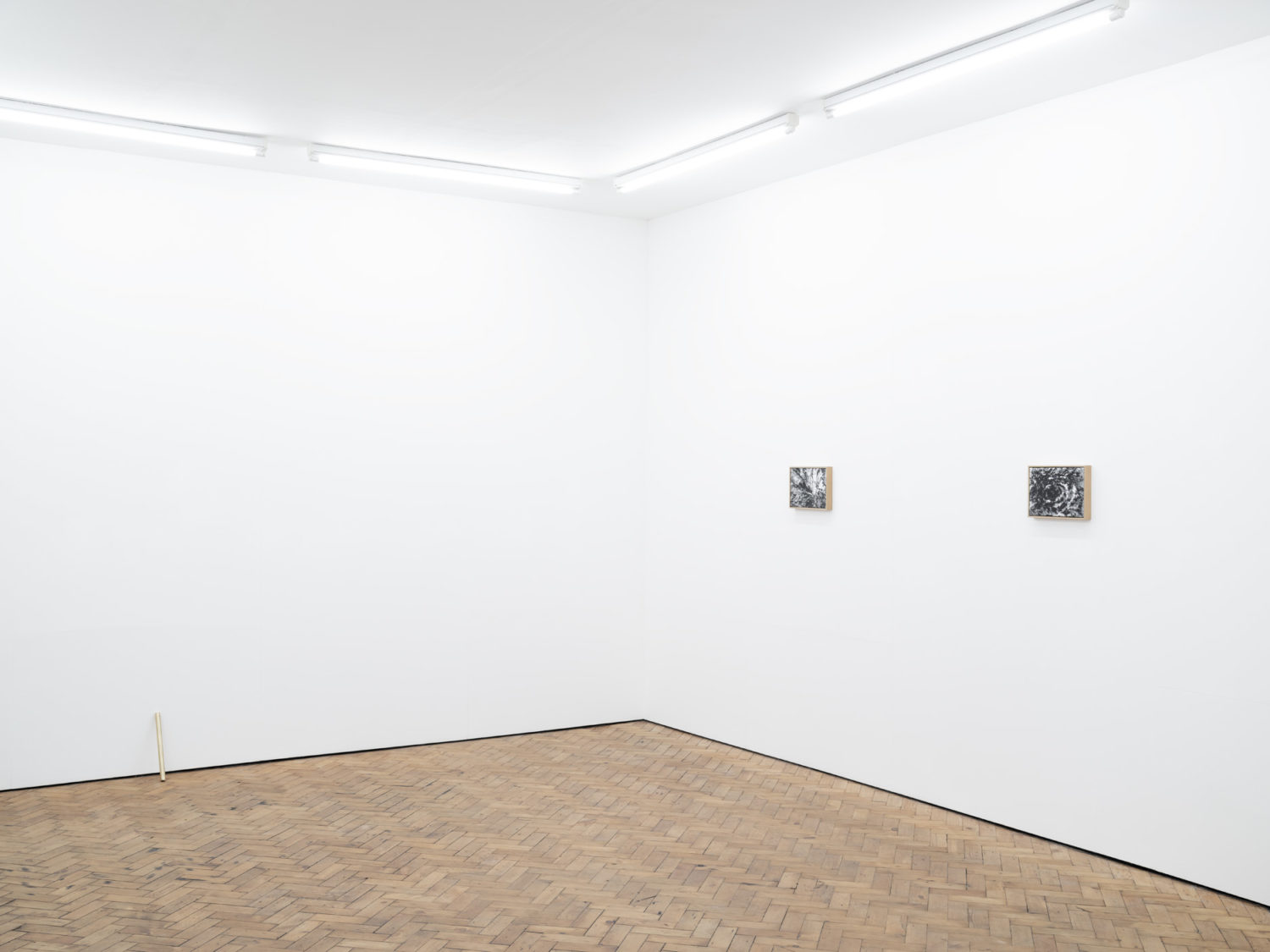
Mimi Hope & Ben Galyas
Beginning to Slip, 2023 -
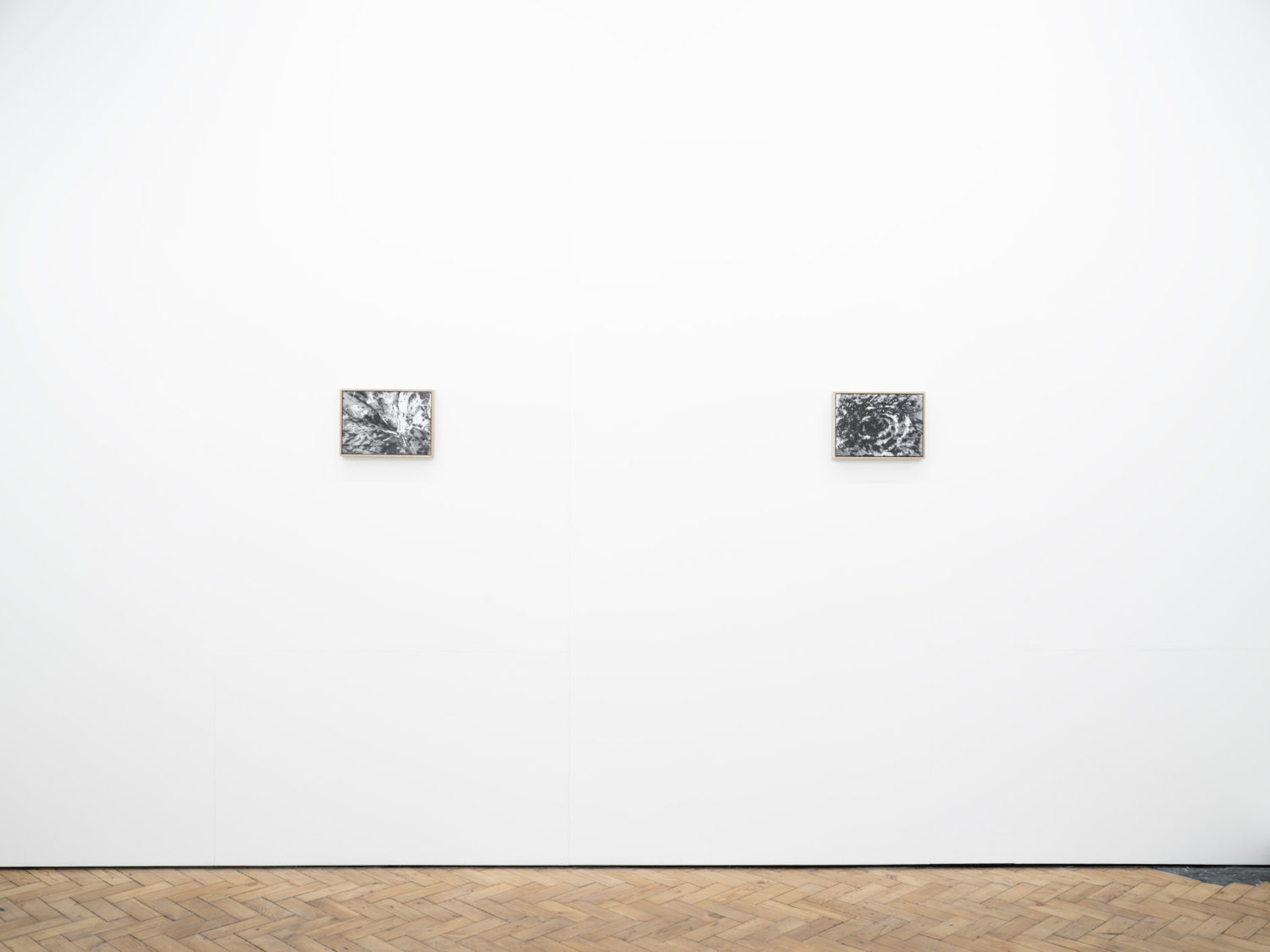
Mimi Hope & Ben Galyas
Beginning to Slip, 2023 -

Mimi Hope & Ben Galyas
Beginning to Slip, 2023 -

Mimi Hope & Ben Galyas
0684 893 630, 2023
Digital film converted from 35mm Duration: 7 min -

Mimi Hope & Ben Galyas
Beginning to Slip, 2023 -

Mimi Hope & Ben Galyas
Tangerine Dream, 2023
Screen print on 280gsm lambeth drawing cartridge
in oak tray frame
119 × 167 × 3.5 cm
Edition 1/1 -

Mimi Hope & Ben Galyas
Tangerine Dream, 2023 -

Mimi Hope & Ben Galyas
Tangerine Dream, 2023 -
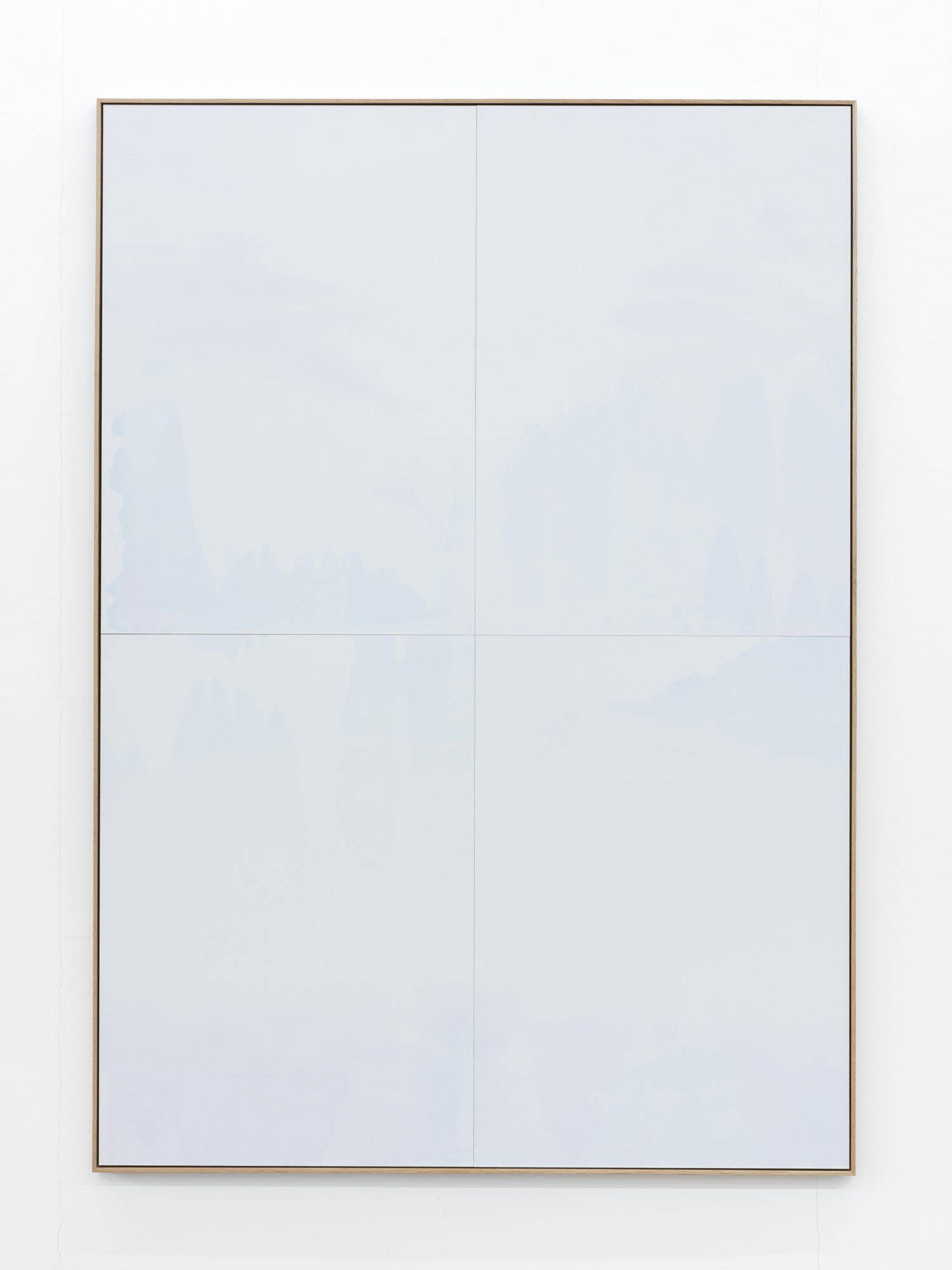
Mimi Hope & Ben Galyas
Ecko Pink, 2023
Screen print on 280gsm lambeth drawing cartridge
in oak tray frame
119 × 167 × 3.5 cm
Edition 1/1 -

Mimi Hope & Ben Galyas
Ecko Pink, 2023 -

Mimi Hope & Ben Galyas
Ecko Pink, 2023 -

Mimi Hope & Ben Galyas
Blue Clover, 2023
Screen print on 280gsm lambeth drawing cartridge
in oak tray frame
119 × 167 × 3.5 cm
Edition 1/1 -

Mimi Hope & Ben Galyas
Blue Clover, 2023 -

Mimi Hope & Ben Galyas
Blue Clover, 2023 -
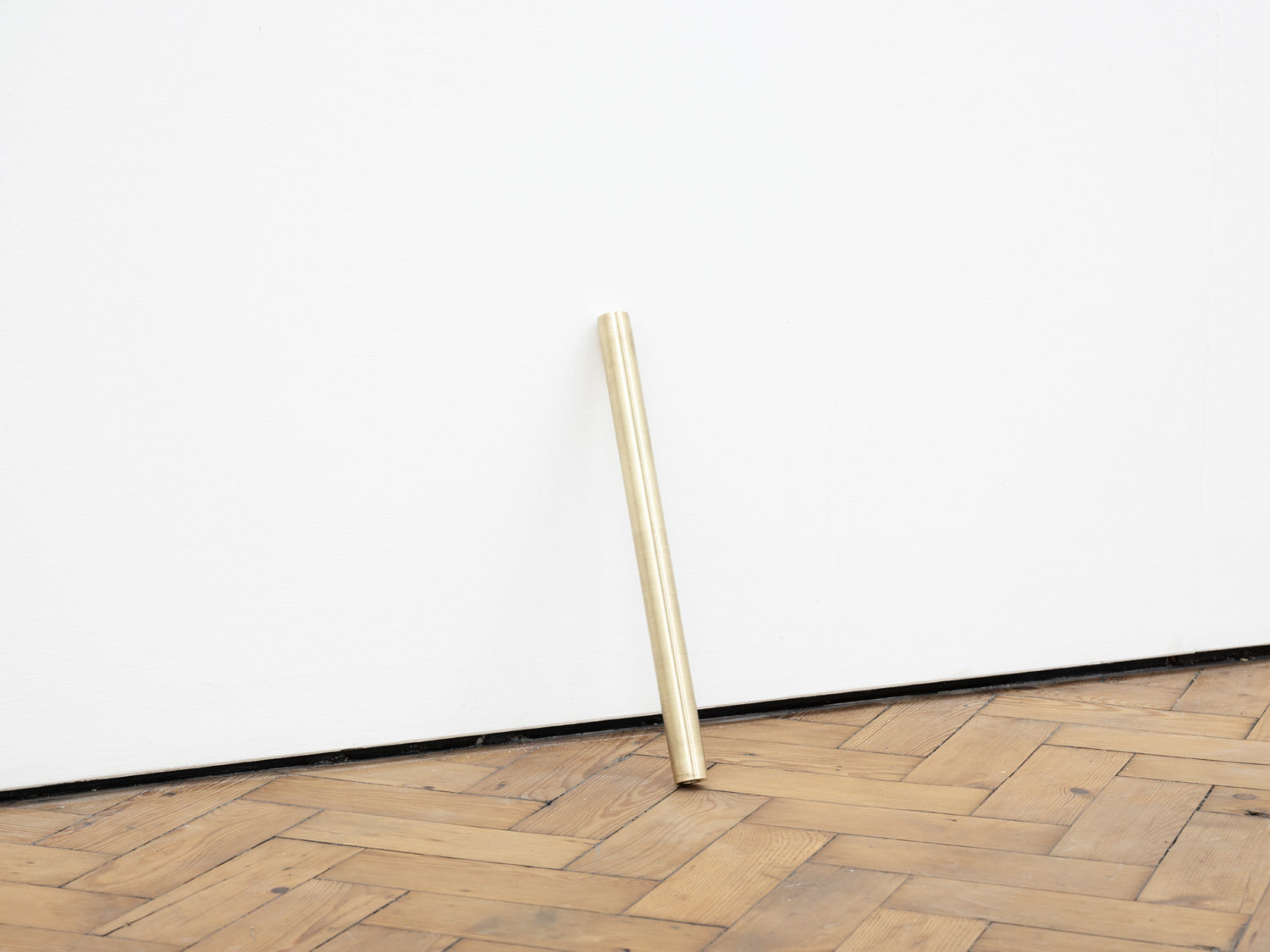
Mimi Hope & Ben Galyas
Glow Stick, Baton, 2023
Cast bronze glow stick
35 × 2.5cm
Edition 1/1 -

Mimi Hope & Ben Galyas
Strutt, 2023
Etching on lambeth drawing
cartridge in oak tray frame
31.5 × 22.5 × 3.5 cm
Edition 1/1 -

Mimi Hope & Ben Galyas
New Age, 2023
Etching on lambeth drawing
cartridge in oak tray frame
31.5 × 22.5 × 3.5 cm
Edition 1/1 -

Mimi Hope & Ben Galyas
0684 893 630, 2023 -
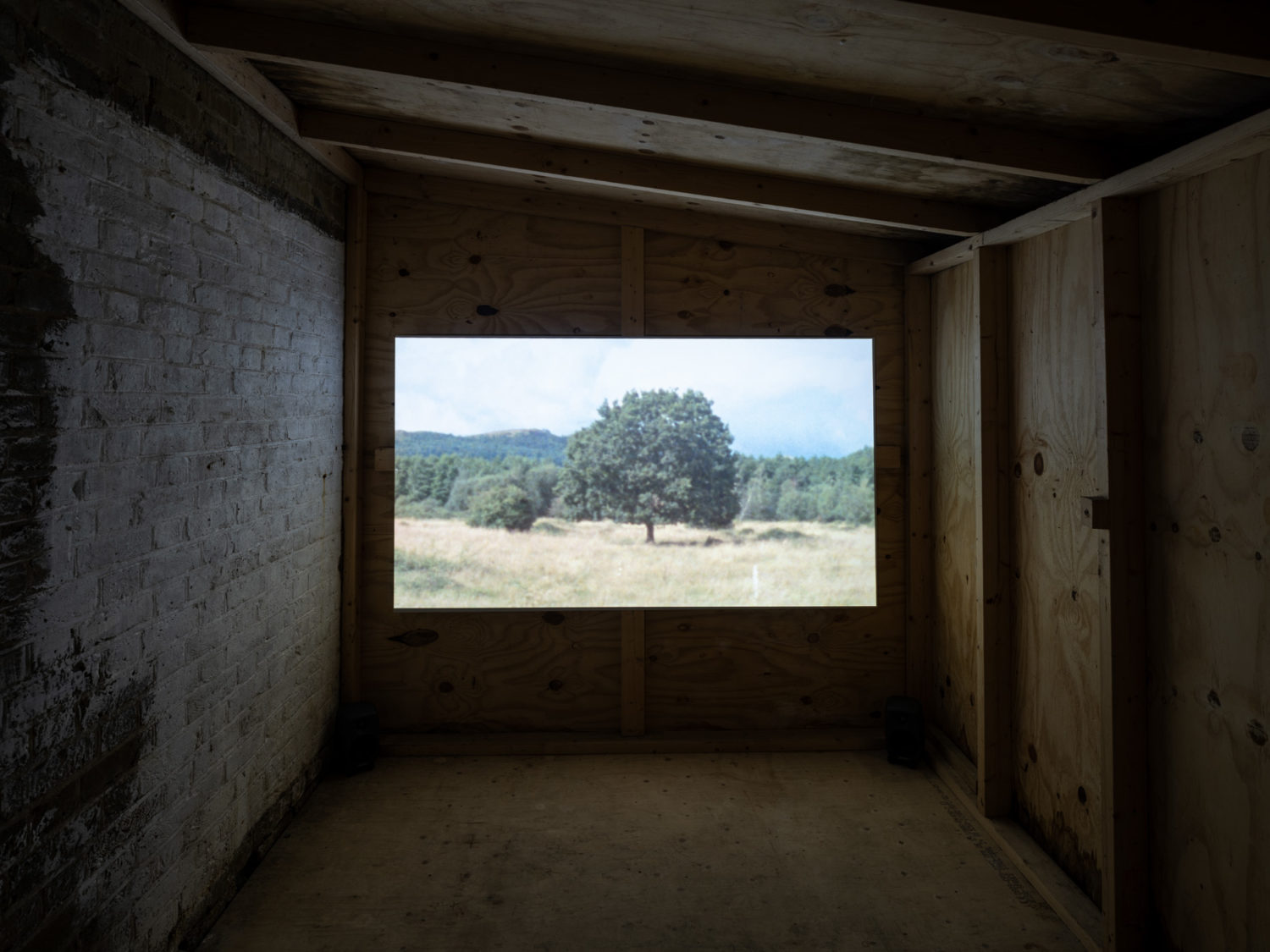
Mimi Hope & Ben Galyas
0684 893 630, 2023 -

Mimi Hope & Ben Galyas
0684 893 630, 2023 -

Mimi Hope & Ben Galyas
0684 893 630, 2023 -

Mimi Hope & Ben Galyas
0684 893 630, 2023 -

Mimi Hope & Ben Galyas
0684 893 630, 2023 -

Mimi Hope & Ben Galyas
0684 893 630, 2023 -

Mimi Hope & Ben Galyas
0684 893 630, 2023 -

Mimi Hope & Ben Galyas
0684 893 630, 2023